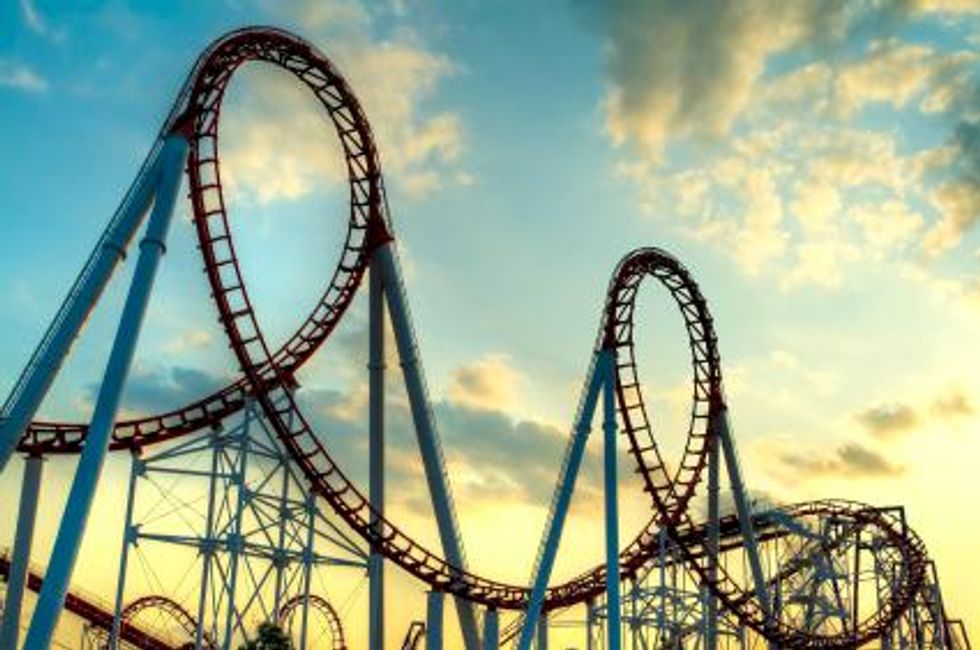Iron prices are down 38 percent so far this year on oversupply and weak demand from China.
“In our view, 2014 is the inflection point where new production capacity finally catches up with demand growth, and profit margins begin their reversion to the historical mean; in other words, the end of the Iron Age is here,” Goldman analysts Christian Lelong and Amber Cai said in a report on Wednesday.
Partially accounting for the low price environment is growth in supply from low-cost global miners — that’s sent supply well past the demand levels stemming from China, iron’s top consumer. Specifically, major producers like BHP Biliton (NYSE:BHP,ASX:BHP,LSE:BLT) and Vale (NYSE:VALE) are hoping to prevail by ramping up volumes at their operations. As The Wall Street Journal notes, “[t]he volume war boosts their absolute profits, but by adding to the glut, prices will take longer to recover.”
On the demand side, Ren Zeping, an analyst at Guotai Junan Securities, told Reuters, ”[i]mport demand for commodities has slumped even on the back of falling prices, reflecting soft domestic demand. The outlook for the commodities sector remains weak in the face of the economic slowdown.”
Meanwhile, the WSJ has cautioned investors that China does not look to be on the path to increasing its demand for iron any time soon. The publication highlights that the country could even look to meet part of its demand needs by turning to the scrap metal market. While China hasn’t delved too far into recycling its old cars, appliances and construction materials, the news outlet points to the country’s monumental growth over the last decade as an indicator that there is likely to be a lot of scrap available.
Unfortunately, Goldman isn’t alone in its negative outlook for iron. Analysts at Macquarie are also not looking too brightly on the iron market. This week, the firm revised down its price forecast for five-year iron by 5 to 20 percent. Analysts at the firm predict that prices will be $92 per metric ton cost and freight in China for the coming year, and “based on cost curve analysis and annual averages in the $85-95/mt range through 2020.”
But while the longer-term forecast for iron looks a little grim, the WSJ notes that in the short term, prices might see some stability as private Chinese mines and other global mines go offline. However, on the whole, oversupply coupled with weak demand mean the base metal is in for a tough time.
Securities Disclosure: I, Vivien Diniz, hold no investment interest in any of the companies mentioned.

